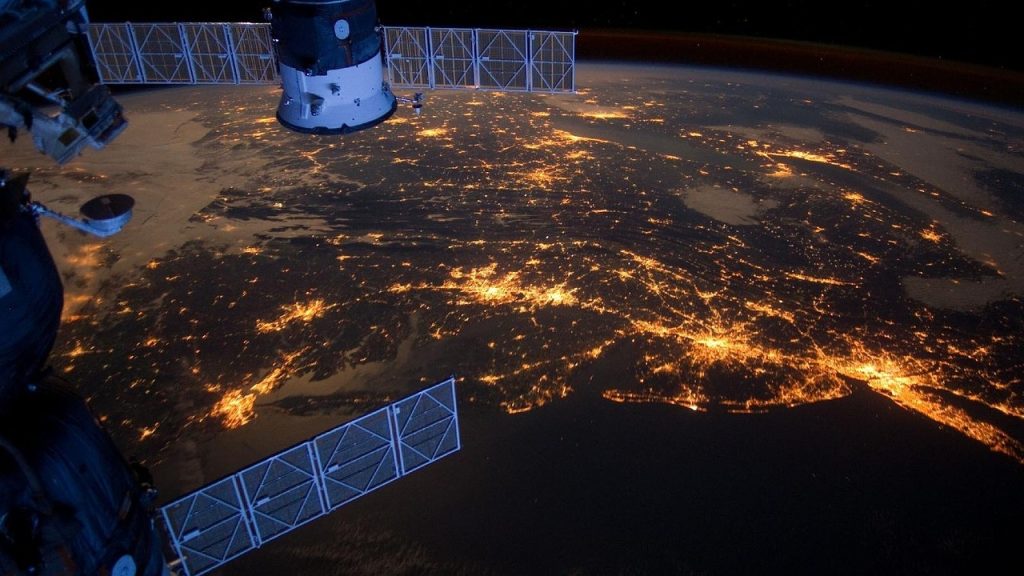Recent data from NASA’s twin satellites have uncovered troubling news.
Others are reading now
Recent data from NASA’s twin satellites have uncovered troubling news for our planet’s already fragile climate. Earth’s escalating temperatures are showing no signs of slowing down.
2023 officially became the hottest year ever recorded, and early signs suggest 2024 may surpass even that grim milestone.
A flashback to 2014-2016 reveals one of the most intense El Niño events on record, disrupting global weather patterns with severe droughts in some regions and torrential rains in others. Scientists attribute much of its intensity to the effects of global warming.
New satellite data, however, suggests that the planet never fully recovered after that event.
Also read
NASA researchers discovered a dramatic drop in Earth’s total freshwater levels starting in May 2014—a trend that has stubbornly persisted.
Using data from the twin satellites GRACE-FO, which have been monitoring Earth’s water reserves since 2002, researchers tracked alarming changes in ice caps, lakes, rivers, and sea levels.
Their findings show that between 2015 and 2023, the average global freshwater levels were 1,200 cubic kilometers lower than in the period from 2002 to 2014.
This decline affects freshwater stored on land in lakes and rivers, as well as underground in aquifers.
Climate Crisis Fuels Freshwater Loss
The freshwater decline coincides with a severe 2014 drought in northern and central Brazil, which was soon followed by successive droughts across Australasia, the Americas, Africa, and Europe.
The research team warns that global warming is driving a prolonged depletion of Earth’s natural freshwater reserves.
With the atmosphere now able to hold more water vapor, weather patterns are shifting. Intense rainfall events are becoming shorter and spaced further apart, preventing water from seeping deeply into the ground to replenish aquifers.
If this trend continues, it could have dire consequences for ecosystems and human life worldwide.
These findings were published in Surveys in Geophysics.


